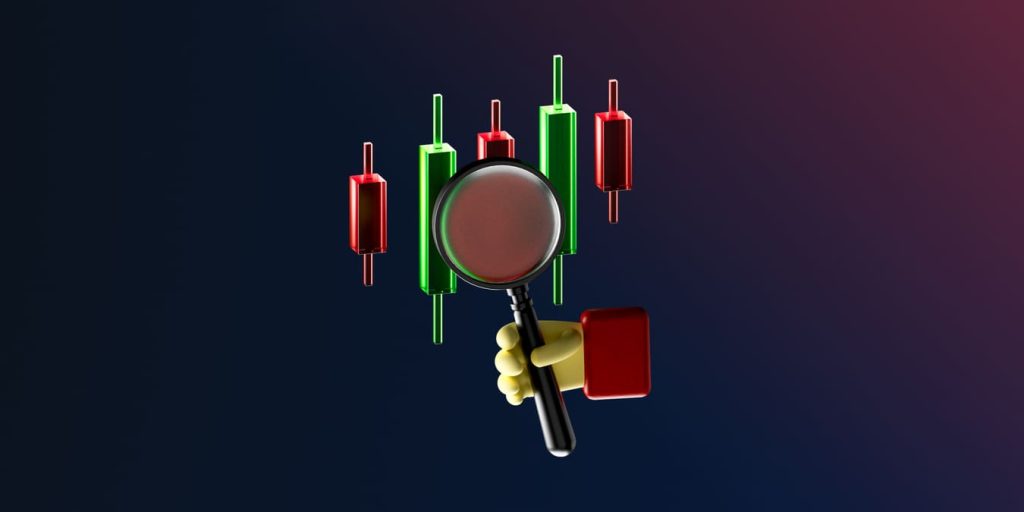
How To Trade Forex: Ultimate Guide
Contents
Forex trading allows investors to speculate on changes in currency exchange rates through selling and buying currencies. One can go either short or long on the currency pairs to potentially profit from a rising and falling market. It is pivotal to remember that where rewards are likely, so is risk. Prices can move along very fast in Forex, and leverage amplifies not just gains but losses.
Key Forex Trading Terms
Before entering into the details of Forex trading, here are some common terms you will come across:
- Currency pair: A pair of currencies that form a tradable instrument is called a forex pair; the typical example will include EUR/USD, GBP/JPY, etc. In a pair of currencies, the base currency appears first, while the quote currency appears second.
- Pip: The smallest price change in any currency pair. For most major pairs it is the fourth decimal place, or 0.0001. 100 pips equals a one per cent change in price. If your account is in US dollars, the pip values for pairs like EUR/USD on a 1 standard lot and 0.01 micro lot are $10 and $0.1 respectively. However, this is different across pairs like GBP/JPY, and AUD/CAD for the same account type.
- Leverage: The ability to control large positions using much smaller amounts of capital from your broker, magnifying both gains and losses proportionally. Common leverage in Forex is 50:1 up to 200:1. Some brokers offer up to 2000:1.
- Equity: The total value of your trading account which includes any profit or loss from your open positions as well as your deposit balance.
- Margin: The amount of capital required as collateral by the broker to open a leveraged position. The higher the leverage, the lower the margin requirements.
- Lots/standard lot: A standardized unit for measuring position size. A standard lot controls $100,000 worth of base currency. Micro lots and mini lots control smaller amounts. From your margin and leverage, you could calculate the maximum lot size to be used on a certain account.
- For example, if you have a margin of $1000 with a leverage of 100x, you could open a trade worth $100,000 ($1000 x 100). However, a standard lot is worth $100,000. Therefore, the maximum lot size you can use on this type of account is 1 lot ($100,000/$100,000). You can use this formula for other account sizes with different leverage; lot size = (Margin x Leverage)/ 100,000.
- Spread: The difference between the buy and sell price quoted for a currency pair at any given time. This is how brokers make their money. Spreads vary depending on account type, broker, and market conditions. When setting your take profit (tp) or stop loss (sl) it is recommended to factor in the spread.
- Long position: When you buy a currency pair speculating the base currency will rise in value against the quote. You look to sell at a higher price for a profit.
- Short position: When you sell a currency pair speculating the base currency will fall in value against the quote. You look to buy back at a lower price for a profit.
- Slippage: Slippage occurs when your trades are executed are lower or higher prices than your intended prices. This usually occurs during high volatility news like the Consumer Price Index (CPI), NFP (Non-Farm Payrolls), etc. When encountered, it could lead to higher-than-expected losses.
These key terms will help you understand the Forex fundamental concepts discussed throughout this guide. Let’s now look at the steps for properly preparing your first Forex trade.
How to Prepare for Your First Forex Trade
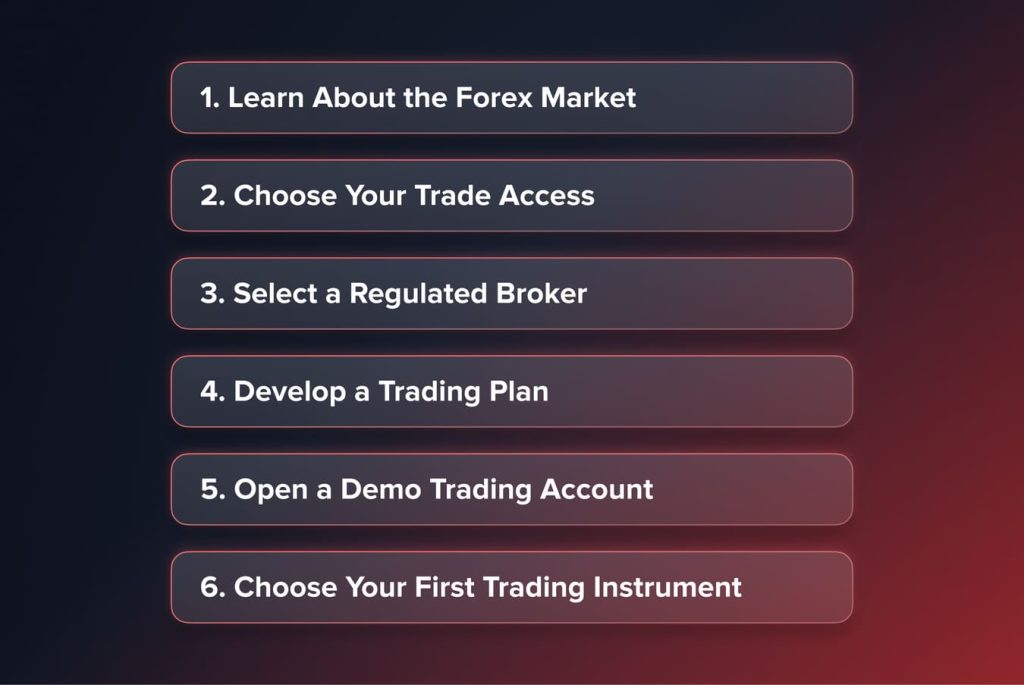
1. Learn About the Forex Market
The best probable way to start your Forex journey is by increasing your knowledge of the functionality of the market. Invest some time researching the main Forex concepts: what drives the exchange rates, who the participants are, types of orders, trading platforms, studying economic calendars to understand upcoming events that could impact volatility. You should also be comfortable with technical and fundamental analysis methods.
A great way to get started is to take an educational forex course designed for beginners. Your broker may offer training programs and webinars. Books can be read, along with instructional videos, and you can take some free online courses. Practice doing some technical analysis on demo charts using chart pattern.
You may also like
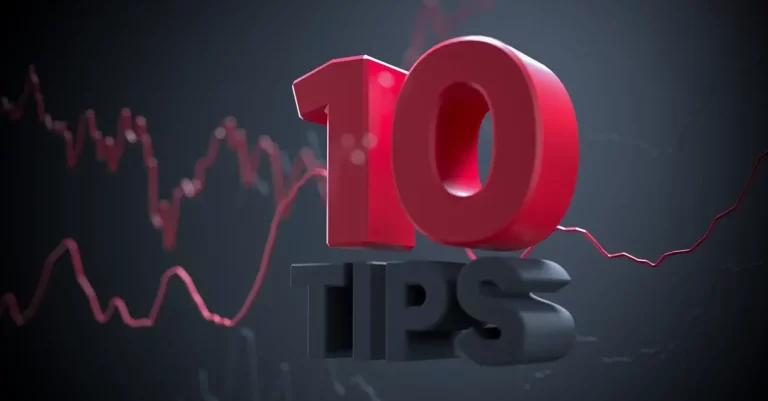
2. Choose Your Trade Asset
Any type of Forex trading involves exchanging one currency for another. The two most common ways of doing this are either through the use of CFDs or by trading outright spot market pairs. In the case of the former, there is never a physical ownership of the underlying asset, but it is possible to speculate on the price movements of the same. You could even trade currency futures or options if your broker provides them. First, ensure that whatever account you open best fits your objectives, experience level, and risk tolerance.
3. Select a Regulated Broker
First, research several top Forex brokers with care before committing funds. You want a trusted name with a proven track record licensed by well-established financial authorities like the FCA, CySEC, or ASIC. Consider all the important factors such as costs, platforms, tools, reputation, and regulation. Most of these will allow you to open a practice account to demo trade as you evaluate them. Taking your time here is wise as they will be your primary trading partner.
4. Develop a Trading Plan
Prepare a comprehensive Forex trading plan before investing live capital. Identify your short-run and long-run goals. Clearly define your strategy, including what technical and fundamental factors you will be monitoring. Define your position sizing and favorable risk/reward setups for entering a trade. Thoroughly consider the amount of risk you will take on and how you will properly manage those risks. A good plan will keep you on track and disciplined when surrounded by volatile prices. Go back to your plan and update it as you learn and gain more experience.
5. Open a Demo Trading Account
A demo trading account is important because it lets you practice and simulate trading without risking any capital. Practice opening and closing trades, setting stop-loss orders and limits, and performing analyses on demo charts. Apply your strategy against the real market but with no live pressure or consequences. This is the most secure way to put your knowledge into the test and expose gaps in it before ever trading. Demo accounts from brokers are occasionally time-limited, therefore it’s good timing for studying.
6. Choose Your First Trading Instrument
The Forex market has hundreds of currency pairs being traded across the world. Individuals who would like to start with smaller positions should strongly consider starting to trade major currency pairs including UDS, EUR, GBP, and JPY because they have high liquidity and smaller spreads. Popular entry instruments, such as EUR/USD and GBP/USD are extremely liquid and highly reported in the news.
Due to this, they offer ideal conditions to be able to apply and practice one’s analysis. Acquire experience on just a few of these pairs before trading minor and exotic currency pairs with even fewer participants. Proper analysis and appropriate risk management always outrank any “special” pair selection.
How to Implement Your First Forex Trade
With preparation complete, it’s now time to implement your first live trades. Keep the following in mind as you analyze opportunities and navigate real market conditions. Continually challenge assumptions through ongoing learning as well.
1. Technical and Fundamental Analysis
Analyzing both short-term charts and longer-term trends helps identify trading opportunities. Technical indicators reveal patterns forming as currencies fluctuate. Fundamental analysis considers economic releases to anticipate how they may impact exchange rates. Combine both viewpoints for the most comprehensive outlook. Be open-minded – charts alone don’t consider unexpected news, while fundamentals overlook other traders’ technical perspectives. Your goal is to find a confluence between the two.
2. Deciding to Buy or Sell
Once an analytical signal emerges, using your strategy determine whether conditions favor going long (buying) or short (selling). Consider aspects like trend direction, momentum, support and resistance levels. Make note of your rationale behind entry decisions. Place a protective stop loss immediately to guard against adverse movements. Place your anticipated target or take profit level above resistance or below support as well. Have conviction in only well-researched positions.
3. Executing with Proper Position Sizing
Start very small at 0.01 lots or a micro lot until comfortable with real balances. Scale up or down positions mindfully based on volatility and your risk tolerance. Remain disciplined by respecting all risk parameters from your plan, including total daily loss limits. Proper position sizing combined with stops allows for some short-term losses while preventing oversized drawdowns that could devastate an account. Your goal is sustainable growth, not getting rich overnight.
4. Monitoring Price Action Closely
Constantly track economic calendars to stay aware of upcoming potential market movers. Watch your trades vigilantly, especially during high-impact news releases. Be ready to tighten stops or exit promptly if analysis proves incorrect. Capture some profits early by scaling out of strength or exiting completely if targets are surpassed. Have the flexibility and patience to accept smaller gains instead of oversized losses if in doubt. With experience, you’ll recognize patterns that work to your advantage too.
5. Closing Trades Appropriately
Never become emotionally attached to positions. Close winning trades by taking profits methodically using your predefined plan. For losing trades, don’t average down – respect your stop and exit immediately if hit, no questions asked. Strictly following your plan keeps you clear-headed and repeatable. Review each trade’s accuracy and your emotional state during it for learning. Successful traders continuously re-evaluate their strategies and themselves while open to improvement.
Popular Forex Strategies
As your expertise grows, here are some popular concepts to explore:
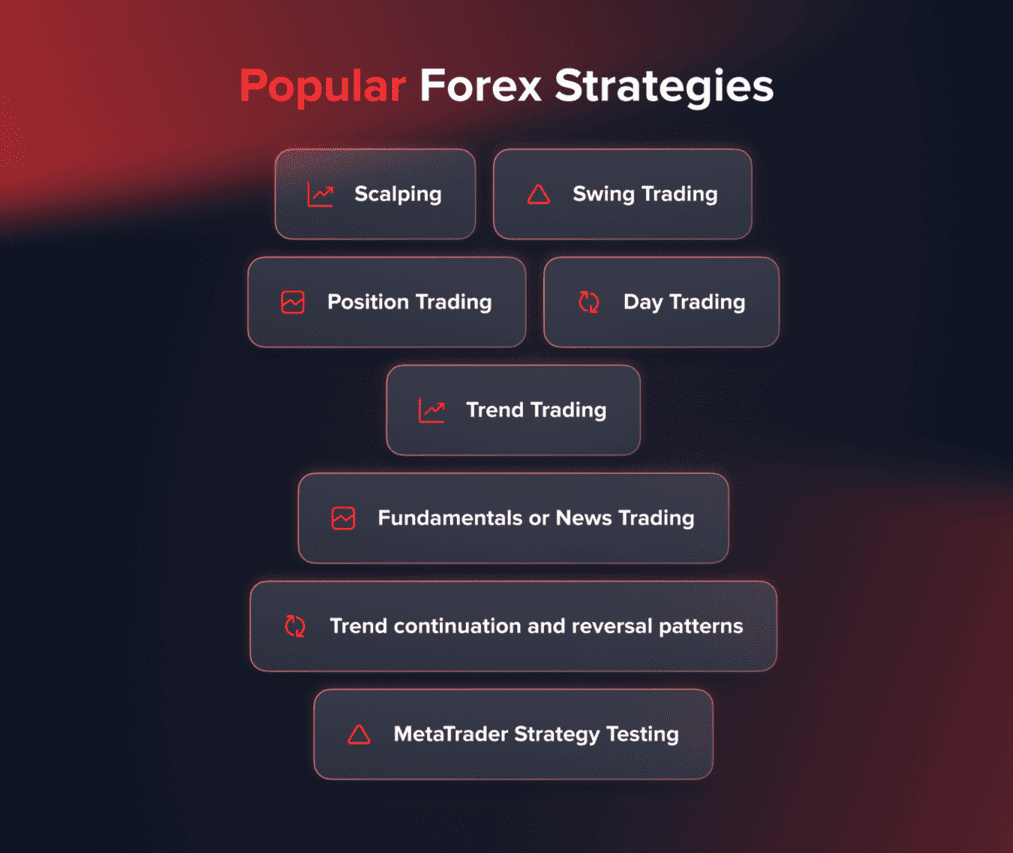
- Scalping: Make many small profits of just a few pips at a time from very short-term movements, often within a single trading session. Scalpers hold trades from a few seconds to some minutes. Relies on speed, position size rules, and discipline
- Swing Trading: Swing traders usually hold their trades for days to several weeks. Seek rapid gains of 30-200 pips from intraday short-term price swings. Leverage shorter time frames and Fibonacci retracement levels to add more positions as the trade goes in your direction until you are convinced there is an impending reversal.
- Position Trading: Position traders are not bothered about short-term price movements as they can hold trades from several weeks to months and even up to a year to maximize their profits.
- Day Trading: As a day trader, you are obliged with the responsibility of entering and closing your trades within a trading day. This implies that open positions of day traders do not slip over to the next trading day.
- Trend Trading: Ride currency movements in clearly defined uptrends or downtrends by analyzing higher time frame charts and confirming trend signals.
- Fundamentals or News Trading: Anticipate reactions to scheduled announcements by placing positions pre-release and exiting promptly. Edge comes from understanding expected event impacts. Such fundamental releases include the Consumer Price Index (CPI), Non-Farm Payrolls (NFP), FOMC release, etc.
- Trend continuation and reversal patterns: Formations like flags, pennants, and triangle patterns are common examples of continuation patterns and often precede movements. Examples of reversal patterns include Head and shoulder, double tops, double bottoms, etc. Identify how previous behaviours were, and look for repeated setups on charts.
- MetaTrader Strategy Testing: Code and backtest trading robots, indicators and algorithms on historical price data for optimization. Assess viability before going live.
You may also like
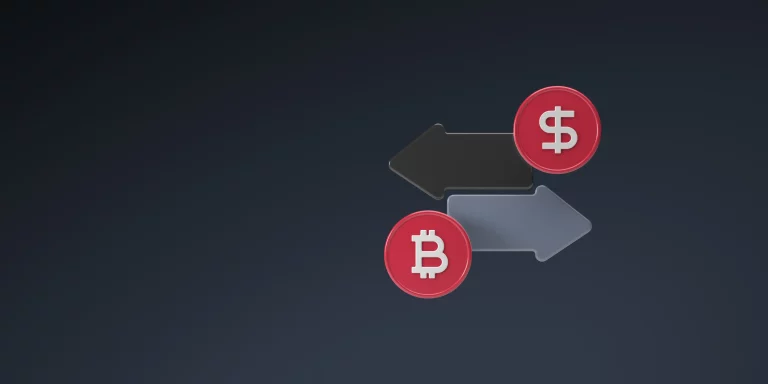
Continually evolve your approach as you accumulate more knowledge and practical experience in real market conditions. Refine aspects not working well but keep strategies simple overall. Technical and risk discipline remains as important as ever.
Importance of Risk Management and Ongoing Learning
While your trading strategies and opportunities will continuously evolve over your Forex journey, proper risk management practices should remain your unwavering foundation of success. Key points to keep in mind:
- Money Management: Control your overall risk per trade to a tiny percent (1-2%) of your account with strict position sizing and stops. Never risk more than 2-5% of your balance in any 24-hour period to avoid ruin.
- Emotional Discipline: Detachment from results is vital. Stick solely to your proven plan’s signals despite drawdowns or profits temporarily deviating. Let losses run their course to be cut, never average down.
- Drawdown Limits: Define a maximum portfolio drawdown (15-20% for example) not to be exceeded before reevaluating your approach. Protect capital for longevity.
- Record Keeping: Regularly analyze all trades truthfully noting signals, analysis quality, emotions and other factors. Continually tweak and optimize strategies from this valuable qualitative data.
- Continuing Education: Ongoing learning from diverse sources raises your awareness, adapts you to shifting conditions and reveals new opportunities. Challenge assumptions and stay inquisitive daily.
- Demo Account Usage: Always try new strategies through demo trading first before risking real money. It protects you from ruin while refining methods methodically over many trades.
- Support Network: Participate positively in online forex communities to both help others as well as troubleshoot issues benefiting from collective wisdom. Stay accountable by sharing progress transparently.
The goal remains sustainably growing your account over many years no matter the market cycles. Treat trading like a business by focusing on refinement, risk mitigation and steady progression. Remain humble by remembering risks persist, and many fail due to overconfidence in abilities or chasing losses. With a commitment to excellence and trading skills mastery, however, possibilities are limitless.
Conclusion
In conclusion, we covered the key Forex terminology, steps for preparing your first live trade, and ongoing strategies for achieving profitable trading sustainably as a business. It is important to know that your personality can influence your trades therefore must understand yourself to decide the kind of trader you want to be; a scalper, swinger, day trader, position trader, etc.
Successful forex depends not on seeking wealth overnight, but on perpetual education, careful planning, technical understanding and emotional discipline to survive inevitable drawdowns.If embracing this long-term process wholeheartedly while implementing quality risk practices, your efforts have a strong potential to succeed over the long road ahead. Best of luck in your Forex trading!
Updated:
September 12, 2024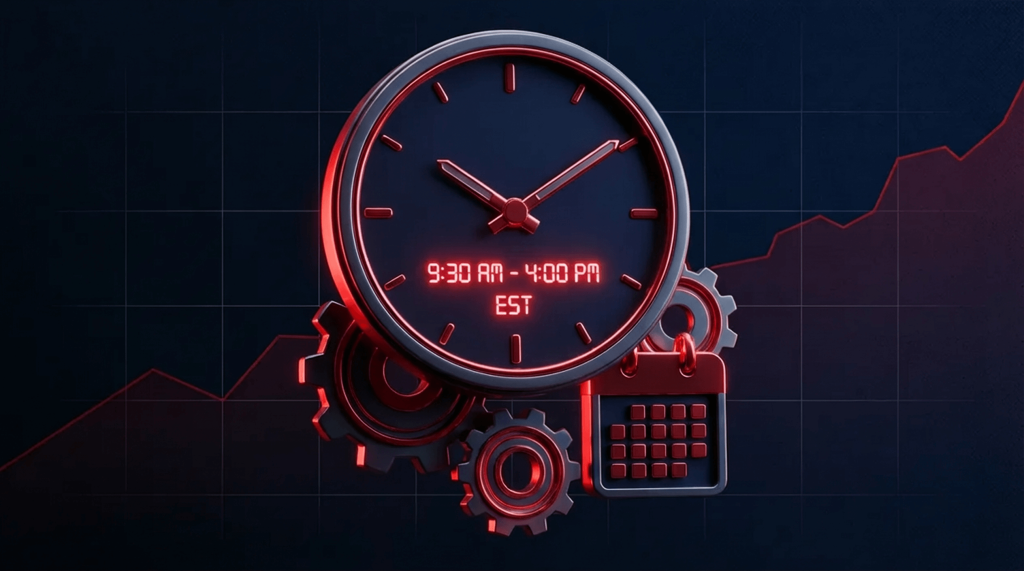
8 January, 2026
Stock Market Hours: When Does The Market Open?
Most major stock markets are open Monday to Friday, with opening times depending on the exchange and its time zone. For example, US stock markets open at 9:30 AM ET, while the London Stock Exchange opens at 8:00 AM UK time. There is no regular stock trading on weekends. Below, you’ll find a clear, practical […]



